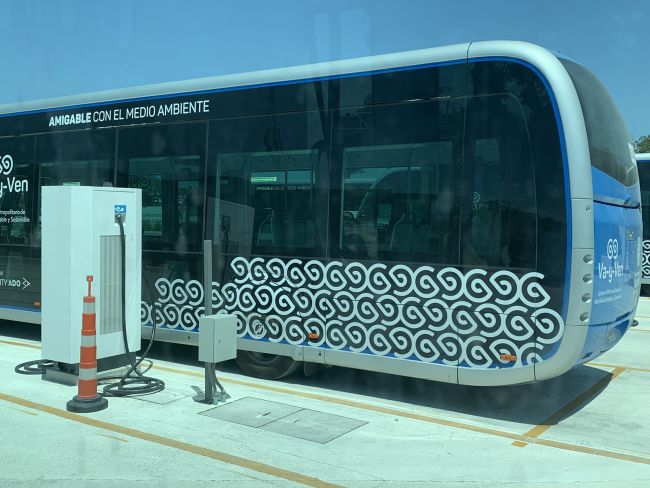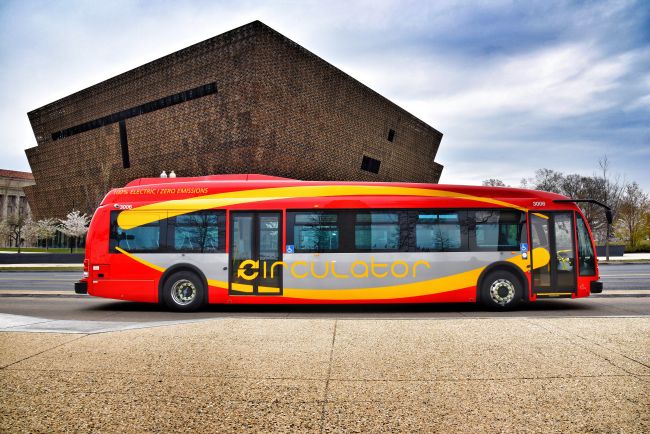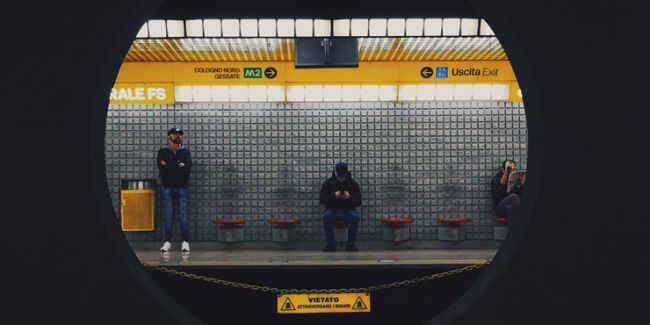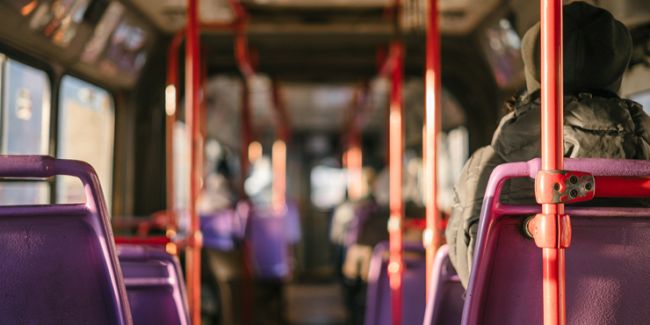The cost of driverless buses
The introduction of driverless cars has been the subject of thousands of words of analysis.
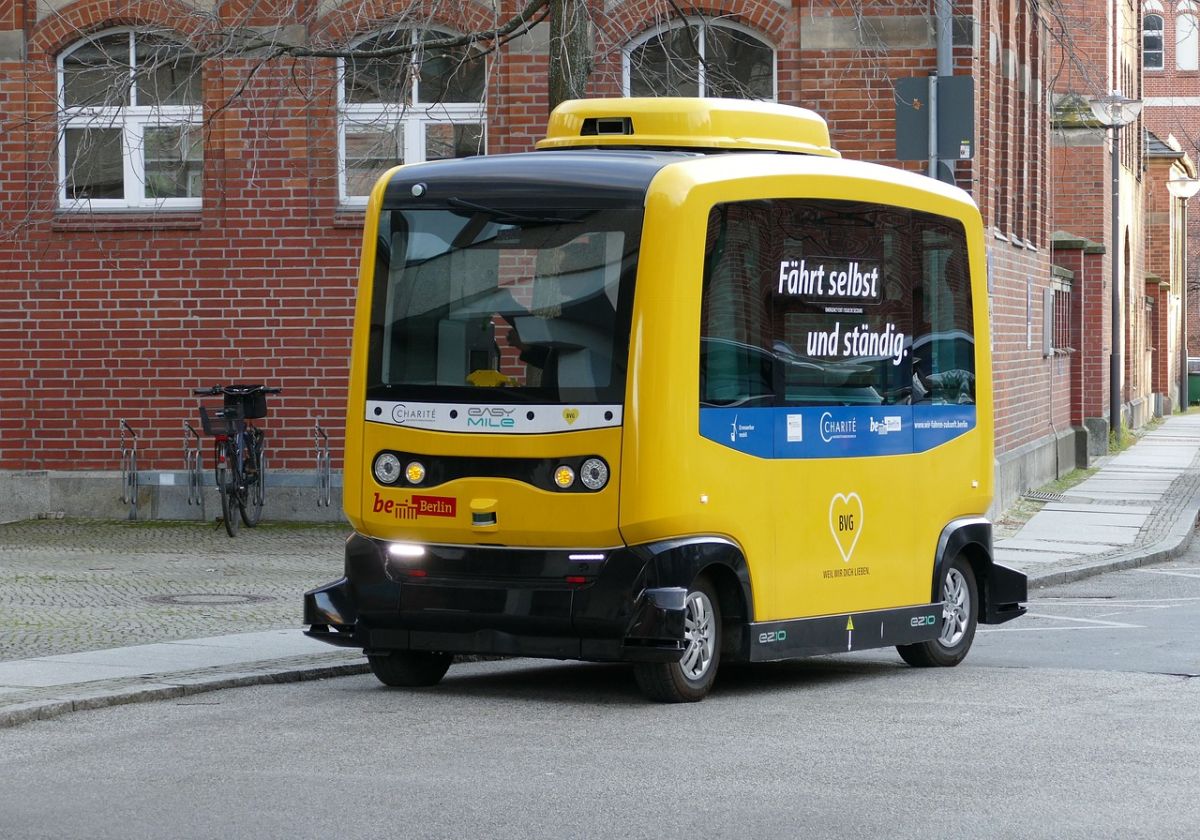
The introduction of driverless cars has been the subject of thousands of words of analysis. Many of these analyses have concluded that this may lead to a decrease in conventional transit ridership. However, this discussion generally carries the assumption that buses won’t change. But what if we had driverless buses, too?
Drivers form a major part of transit operational costs: between 50% and 75%, depending on jurisdiction and local factors. As a result, transit agencies that switch to driverless buses could achieve major cost savings.
Eliminating drivers would naturally create some new operating costs, such as a need for more roving fare inspectors, but these costs are likely to be minor when compared with the savings. The cost savings could then be used to provide better service while keeping subsidy levels unchanged.
Using conservative assumptions of drivers being 50% of costs and farebox revenue being 25% of costs, driverless buses could potentially allow service levels to be tripled.
Many smaller towns and cities in North America offer transit with hourly or half-hourly service, making transit use practical but not attractive. Tripling these levels would allow service every 10-20 minutes — frequent enough to eliminate the need for passengers to consult schedules and to make transit much more convenient and desirable to potential users.
The additional service levels would naturally produce a significant increase in both ridership and revenue, and these increases would almost certainly offset any increases in other operating costs. Thus, the introduction of driverless buses would engender a virtuous circle of ridership and service growth.
The lower operating costs of driverless buses could also encourage municipalities without transit to introduce it, as the financial commitment would be smaller.
Another common discussion point is whether privately-operated driverless vehicles could provide point-to-point service. Many transit agencies already use such services for low-density (or low-demand) areas. However, this method of service delivery is limited in how many trips it can make each hour compared to fixed-route services, which are more efficient in medium or high-density areas. If an area can sustain fixed-route transit provided by buses with drivers, then a switch to driverless buses will mean it is still more efficient than a driverless demand-responsive service.
The capital cost of driverless vehicles, in the initial stages of the technology’s development, will almost certainly be higher than existing vehicles. However, most of the lifecycle cost of a bus is in the operating costs rather than the capital purchase cost. Consequently, a driverless bus that costs double a conventional bus would still pay for itself in a few years.
In short, driverless buses could provide a financially sustainable path for significant improvements in transit service levels, despite the likely higher capital costs.



